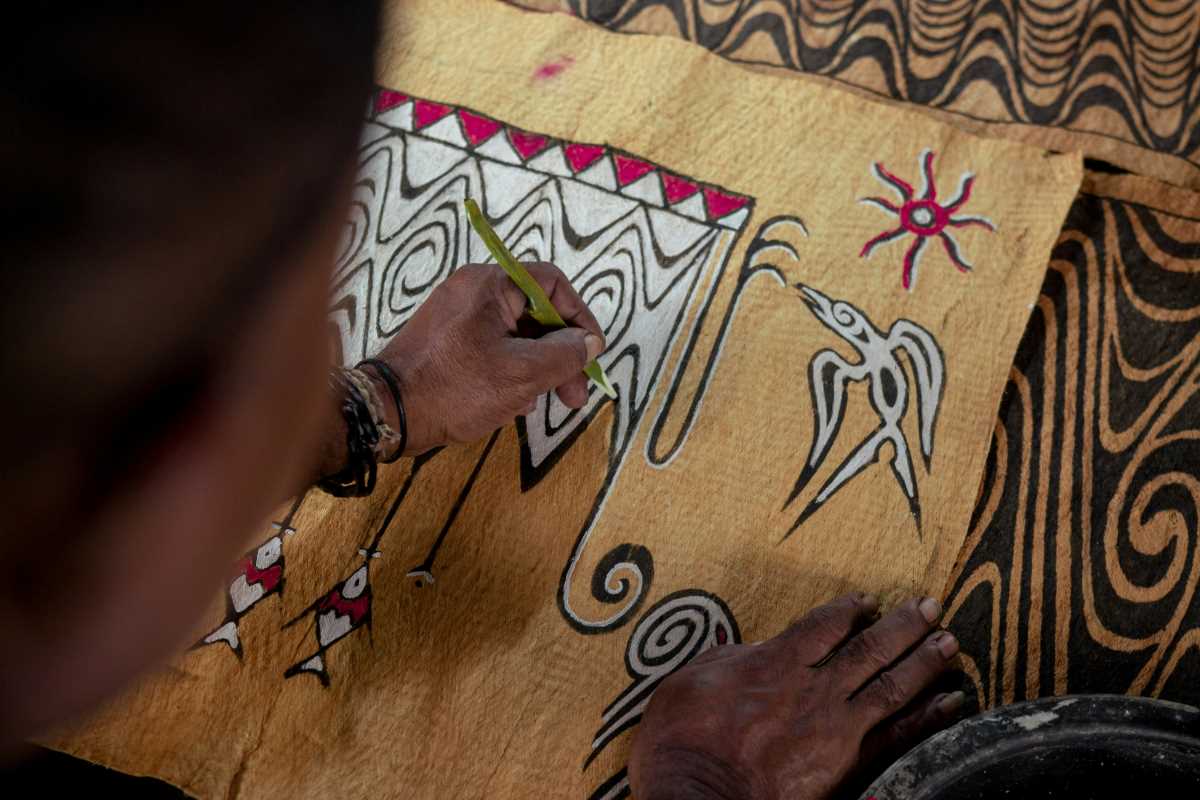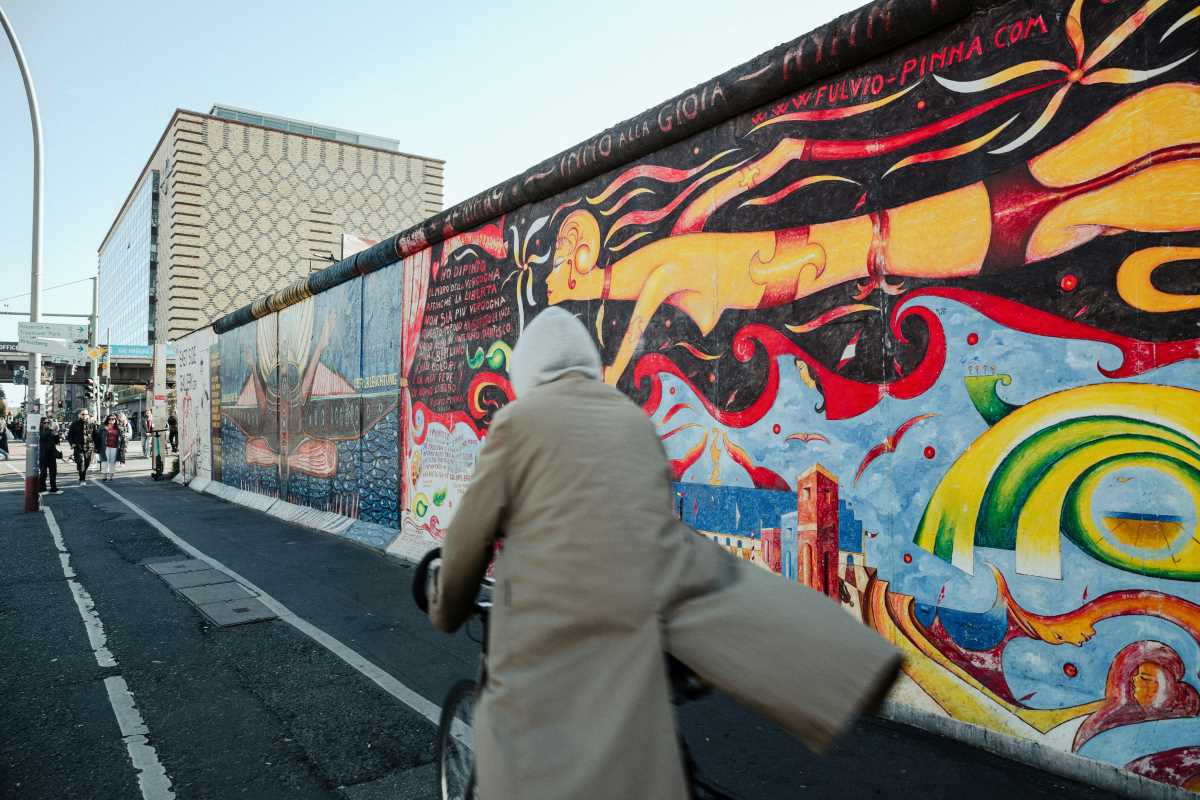Art is often described as a reflection of the world around us. For Indigenous communities, this connection is even deeper. They create art that’s interwoven with their land, culture, and traditions. Unfortunately, as climate change alters environments and ecosystems, it impacts Indigenous art's materials, themes, and practices. These changes challenge cultural preservation and storytelling that has been passed down for generations. Understanding this connection helps us see Indigenous art as an expression of creativity and a testimony of resilience in the face of environmental and cultural challenges.
From the availability of natural materials to shifts in creative stories, Indigenous art is adapting to a rapidly changing climate. This post unpacks how this global crisis affects creativity and tradition and highlights the inspirational ways Indigenous artists are responding.
Struggles with Natural Art Materials
Indigenous artists often rely on local natural materials like wood, bark, clay, and plant fibers. They choose these in particular, not just for practical reasons, but because these materials carry cultural significance. Climate change has made many of these resources harder to access or less predictable.
For example, in northern regions like Alaska, retreating sea ice and rising Arctic temperatures disrupt the ecosystems that support species like walrus and whale, whose bones and ivory Inuit artists have traditionally used for carving. These changes impact the migration patterns of animals, forcing artists to rethink how they collect these materials or encouraging the use of new ones.
Moving south, the Coast Salish communities of the Pacific Northwest face difficulties with cedars, a tree they’ve used for centuries to create baskets and ceremonial items. Western red cedar, revered as the "tree of life," is struggling due to longer, hotter summers, with less rain to nourish saplings. Coastal First Nations like the Tlowitsis have reported that younger cedars in logged areas are failing to grow, and even mature trees appear stressed, with leaves turning brown as if they’ve been burned. This scarcity pushes artists and community leaders to advocate for proactive forest management policies to protect existing cedar stands for future generations.
Indigenous potters, particularly in the American Southwest, are also adjusting to drier conditions. While specific effects of drought on clay sources aren’t widely documented, broader desertification trends are likely to make water sources, necessary for clay processing, increasingly unreliable. This could limit Pueblo pottery, a tradition cherished for its intricate designs and deep roots in tribal identity.
Climate Themes in Indigenous Art
Themes within Indigenous art have long reflected a relationship with the environment, celebrating its beauty and warning of its fragility. Recently, as environmental changes have become more visible and severe, Indigenous artists have amplified themes of activism and awareness.
Take the Marshall Islands. This Pacific Island nation faces existential threats from rising sea levels, which are washing away land and culture. Artists here are preserving their traditions and advocating for global attention to their plight at the same time. Through dynamic poetry, music, and visual art, they tell stories not just of what is being lost but of their efforts to preserve their heritage in a sinking homeland.
Similarly, Māori artists in New Zealand have embraced themes of climate change in their traditional tā moko (tattooing) and carvings. These designs often blend ancestral stories with modern messages, serving as warnings and environmental loss records. These symbolic additions carry forward the Māori storytelling tradition while situating it firmly in today's ecological challenges.
Indigenous Australian art, which draws heavily from the Dreamtime (the spiritual stories describing how the land was created), is evolving as well. Artists weave together imagery of wildfires, endangered species, and droughts in their stories, creating a powerful commentary on contemporary climate change and maintaining connections to ancient beliefs.
Preserving Culture Through Artistic Innovation
For many Indigenous groups, art is more than just a way to reflect on the world; it’s a means of passing down history, spirituality, and identity. But as the environment changes, some traditions are at risk of being lost.
The Sámi people of northern Europe face significant challenges when it comes to their duodji (traditional handicrafts), which often utilize reindeer hides and antlers. With warmer winters and changing snowfall patterns, reindeer herds are struggling to find food and maintain stable populations, making these raw materials increasingly scarce. Without them, younger generations risk losing not only the skills required for duodji but also the cultural stories bound up in these practices.
Land, too, plays a pivotal role in Indigenous art and traditions. Rising seas and land degradation are forcing communities from their ancestral homes, such as the Gullah Geechee in the southeastern United States. These changes disrupt ceremonies tied to specific sacred spaces and threaten the transfer of place-based artistic knowledge.
While these challenges are daunting, Indigenous artists and communities are finding innovative ways to adapt. Some are turning to sustainable or synthetic materials to replace scarce natural ones. Inuit artists, for example, have begun using recycled metals or plastics for their carvings, embedding messages of sustainability into their creations.
The Role of Art in Advocacy and Action
Indigenous art is increasingly being used as a powerful advocacy tool. Exhibitions featuring Indigenous artists focused on climate issues are drawing global attention to the unique challenges faced by their communities. For example, artist Cannupa Hanska Luger uses large-scale installations to explore themes of water rights and environmental destruction. One of his works, “Every One,” is made from thousands of handmade beads and speaks to the interconnectedness of humanity and the environment.
Collaborations between Indigenous artists and organizations are helping safeguard traditional knowledge. Digital mapping and documentation of sacred sites, alongside efforts to record endangered traditions, are bringing modern technology into the cultural preservation toolkit. By blending old and new, these efforts ensure that Indigenous voices remain strong even as the land they celebrate shifts.
Why It Matters
For art lovers, recognizing the impacts of climate change on Indigenous creativity offers fresh insights into how deeply art can connect us to nature and culture. Every piece of Indigenous art tells not only a story of beauty and ancestral knowledge but also one of resilience and adaptation in the face of immense challenges. Supporting Indigenous artists, whether through collecting their work or amplifying their stories, creates a ripple effect that helps preserve these essential traditions.
Art helps distill the large and often overwhelming issue of climate change into something personal and tangible. Through Indigenous art, we gain a unique perspective on the planet’s plight and its resilience. And through their lens, we’re reminded of our responsibility to advocate for the environment and celebrate and protect the cultures that interpret it so beautifully.
 (Image via
(Image via





